
-
Find the right food for your pet
Take this quiz to see which food may be the best for your furry friend.
Find the right food for your pet
Take this quiz to see which food may be the best for your furry friend.
Featured products
 Adult 7+ No Corn, Wheat, Soy Chicken & Brown Rice Dog Food
Adult 7+ No Corn, Wheat, Soy Chicken & Brown Rice Dog FoodSupports energy level and beautiful coat in mature dogs
Shop Now Adult Perfect Weight & Joint Support Chicken Recipe Dry Dog Food
Adult Perfect Weight & Joint Support Chicken Recipe Dry Dog FoodThis weight management and mobility support dog food was created with Hill’s unique understanding of the biology of overweight dogs.
Shop Now Adult 7+ Perfect Digestion Chicken, Whole Oats & Brown Rice Recipe Dog Food
Adult 7+ Perfect Digestion Chicken, Whole Oats & Brown Rice Recipe Dog FoodScience Diet's breakthrough nutrition supports ultimate digestive well-being & healthy microbiome for dogs age 7+
Shop NowFeatured products
 Adult Perfect Digestion Chicken, Barley & Whole Oats Recipe Cat Food
Adult Perfect Digestion Chicken, Barley & Whole Oats Recipe Cat FoodScience Diet's breakthrough nutrition supports ultimate digestive well-being & healthy microbiome
Shop Now Adult Savory Chicken Entrée Cat Food
Adult Savory Chicken Entrée Cat FoodPrecisely balanced nutrition with the delicious taste of savory minced chicken to help fuel the energy needs of cats during the prime of their life
Shop Now Perfect Weight Salmon & Vegetable Canned Cat Food
Perfect Weight Salmon & Vegetable Canned Cat FoodOver 70% of cats lost weight within 10 weeks when fed this nutrition
Shop Now -
Dog
- Dog Tips & Articles
-
Health Category
- Weight
- Food & Environmental Sensitivities
- Urinary
- Digestive
- Joint
- Kidney
-
Life Stage
- Puppy Nutrition
- Adult Nutrition
- Senior Nutrition
Cat
- Cat Tips & Articles
-
Health Category
- Weight
- Skin & Food Sensitivities
- Urinary
- Digestive
- Kidney
-
Life Stage
- Kitten Nutrition
- Adult Nutrition
Featured articles
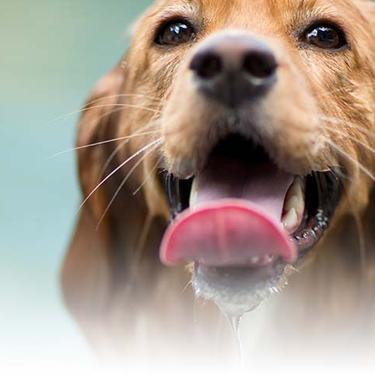 Water
WaterDiscover why water is the most important nutrient for your dog or cat to live a healthy life. Find out how much water your pet should consume each day.
Read More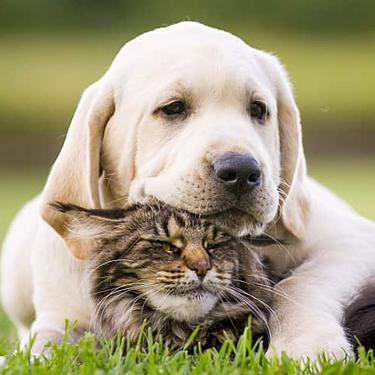 The Incredible Science Behind Your Pet's Microbiome
The Incredible Science Behind Your Pet's MicrobiomeLearn what a pet's microbiome is, how it contributes to your pet's gut & overall health, and why nutrition is important in maintaining healthy microbiomes.
Read More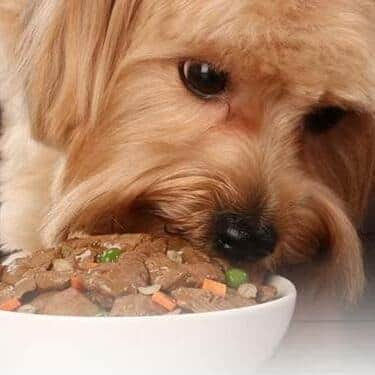 Pet Food Storage Tips
Pet Food Storage TipsDiscover how and where to store your dry, as well as canned, dog and cat food. Learn how to find the "best before" dates on all Hill's pet food packaging.
Read More -
Find the right food for your pet
Find the right food for your pet


While petting your cat, you feel a squishy lump on their belly. Could they have a hernia? Cat hernias are relatively uncommon, but they can happen. The good news is that hernias are easily treated with surgery — and if your cat was born with a hernia, it can be repaired during a spay or neuter procedure. Here's what you should know about this condition.
Cat Hernia Basics
A hernia occurs when there's an abnormal hole in the muscle wall of the abdomen or diaphragm. Fat or internal organs can protrude through the hole, causing a squishy lump noticeable from the outside. The classic cat hernia is located over the area where your cat's bellybutton would be. Usually the lump isn't painful, and it may disappear if you gently push on it. If this occurs, it's because the hernia is reducible, meaning the contents of the hernia can be pushed back into the body. Not all hernias are reducible.
A cat hernia is usually not life-threatening. However, on rare occasions, internal organs such as intestines can protrude through the opening in the muscle wall. If this cuts off an organ's blood supply, it can be life-threatening.
If the hernia only contains fat, then you probably won't see any other signs other than the lump. If the hernia contains any abdominal organs, then you may observe a large swelling that's painful or hot and your cat may vomit, lose their appetite, have bloody urine and/or have less energy.
Causes and Types of Cat Hernias
If a cat has a hernia, they're typically either born with it or it's the result of some type of injury. Physical trauma, weak abdominal walls, pregnancy and birth defects are the most common causes of hernias in cats. Extreme or repeated constipation that requires straining to defecate has also been reported to cause hernias in cats.
Hernias are classified by where they occur in the body. There are three types:
- Umbilical hernia: This is the most common type of kitten hernia. It's usually congenital (the result of a genetic disposition) and happens when the bellybutton doesn't close properly at birth. This hernia may close on its own without surgery. If it doesn't close, then it can be surgically repaired when the kitten is spayed or neutered.
- Hiatal hernia: This type of hernia happens inside the body — you can't see it from the outside. It occurs when there's a hole in the diaphragm, which allows abdominal organs to slide in and out of the chest cavity. A hiatal hernia can be congenital or can be a result of trauma, such as being hit by a car.
- Inguinal hernia: This type of hernia is located in the inguinal region, essentially the armpits of the back legs. It develops when abdominal fat or internal organs push through the inguinal canal, resulting in a squishy lump that may disappear if you push on it.
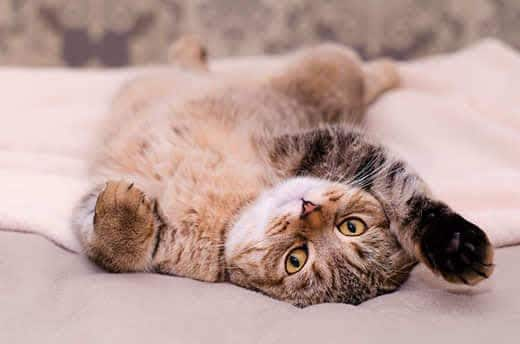
Cat Hernia Diagnosis and Treatment
If you suspect your cat has a hernia, it's important to have a veterinarian check it out as soon as possible. Most cat hernias can be diagnosed by physical exam alone, except for hiatal hernias, which can only be diagnosed with an X-ray or abdominal ultrasound. If the hernia is very hard or large, your vet may order an X-ray to determine if any abdominal organs are trapped.
Treatment depends on the hernia's size and location. If the hernia is small, your cat might not need surgery. If they have a larger hernia, then surgery is required to keep internal organs from slipping out of the hole. If internal organs are trapped in the hernia, then emergency surgery is needed right away.


Tasty Tips
Cat Hernia Surgery and Recovery
Hernia surgery consists of pushing the abdominal contents back into the abdominal cavity and sewing the hole in the abdominal or diaphragmatic muscles. Surgical mesh may also be used to strengthen weak muscles.
If your kitten has a hernia and the vet recommends surgery, this can occur when they're spayed or neutered. This will not only reduce the amount of anesthesia and hospitalization your kitten needs, but will also likely cost less than having a separate surgery.
Many times after female cats are spayed, pet parents notice swelling around the bellybutton area and mistake this swelling for a hernia. However, swelling after spay surgery is rarely due to a hernia. Instead, the swelling is caused by inflammation due to the cat being too active too soon after surgery and/or due to the skin reacting to the stitches. Always have any swelling checked, and reduce your cat's likelihood of post-surgical swelling by limiting their activity, wearing an e-collar and following your vet's instructions.
Take good care of your cat post-surgery and consider feeding them a therapeutic food that offers nutritional support for pets recovering from surgery.
Prevention and Prognosis
Besides keeping your cat indoors to avoid car accidents and lower their risk of injury, there's no way to reduce the risk of hernias.
When adequately addressed and corrected, hernias in cats have a very good prognosis, and hernias rarely return. If a kitten has a congenital hernia, it's advised to not breed that kitten as an adult because congenital hernias can be passed to the next generation.


Dr. Sarah Wooten graduated from UC Davis School of Veterinary Medicine in 2002. A member of the American Society of Veterinary Journalists, Dr. Wooten divides her professional time between small animal practice in Greeley, Colorado, public speaking on associate issues, leadership, and client communication, and writing. She enjoys camping with her family, skiing, SCUBA, and participating in triathlons.
Related products

Over 70% of cats lost weight within 10 weeks when fed this nutrition

Precisely balanced nutrition with the delicious taste of savory minced chicken to help fuel the energy needs of cats during the prime of their life
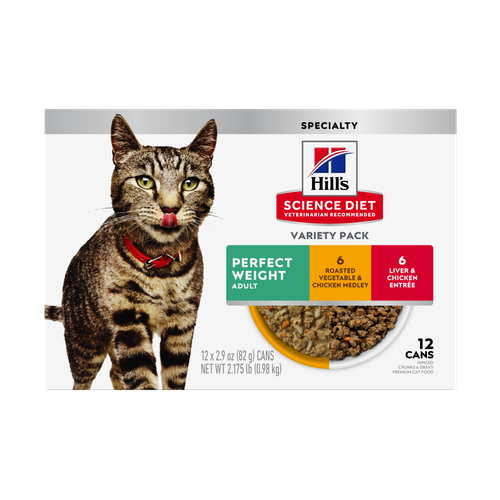
Feline Adult Perfect Weight Variety Pack

Science Diet's breakthrough nutrition supports ultimate digestive well-being & healthy microbiome
Related articles
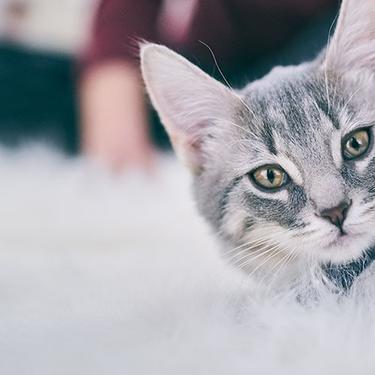
Discover the benefits of Hill's line of kitten foods and how they provide complete and balance nutrition for growing kittens.
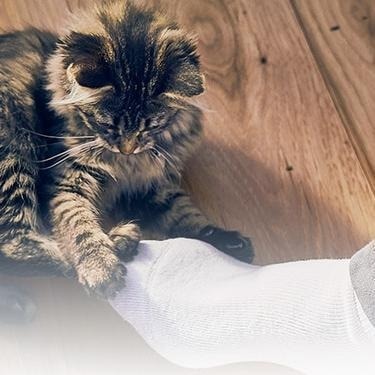
Discover which cat toys games your feline friend might like, and how they are great sources of exercise. Explore our library of articles to learn more.
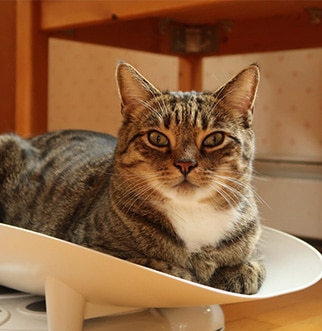
How do you get a cat to lose weight? Learn all about cat foods for weight loss, including how to choose weight control cat food and exercise tips.

Discover how to identify cat sensitive skin and what you can do to help your cat thrive from head to paw.
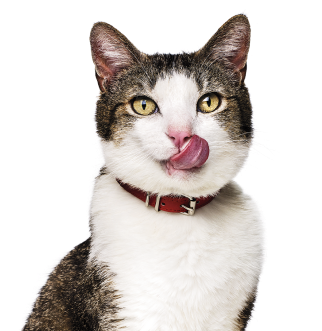
Put your cat on a diet without them knowing
Our low calorie formula helps you control your cat's weight. It's packed with high-quality protein for building lean muscles, and made with purposeful ingredients for a flavorful, nutritious meal. Clinically proven antioxidants, Vitamin C+E, help promote a healthy immune system.
Put your cat on a diet without them knowing
Our low calorie formula helps you control your cat's weight. It's packed with high-quality protein for building lean muscles, and made with purposeful ingredients for a flavorful, nutritious meal. Clinically proven antioxidants, Vitamin C+E, help promote a healthy immune system.

